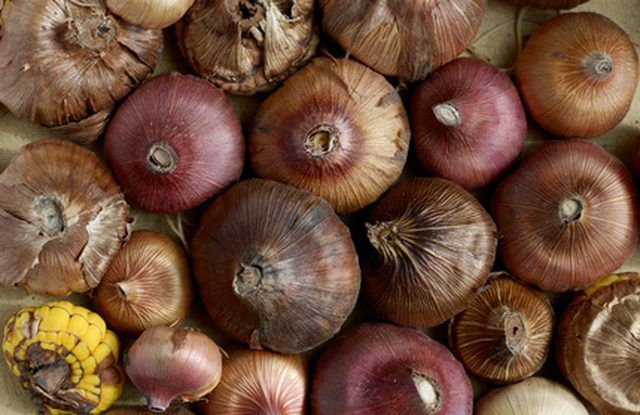Bulbs
Flower Basics
Flower Beds & Specialty Gardens
Flower Garden
Garden Furniture
Garden Gnomes
Garden Seeds
Garden Sheds
Garden Statues
Garden Tools & Supplies
Gardening Basics
Green & Organic
Groundcovers & Vines
Growing Annuals
Growing Basil
Growing Beans
Growing Berries
Growing Blueberries
Growing Cactus
Growing Corn
Growing Cotton
Growing Edibles
Growing Flowers
Growing Garlic
Growing Grapes
Growing Grass
Growing Herbs
Growing Jasmine
Growing Mint
Growing Mushrooms
Orchids
Growing Peanuts
Growing Perennials
Growing Plants
Growing Rosemary
Growing Roses
Growing Strawberries
Growing Sunflowers
Growing Thyme
Growing Tomatoes
Growing Tulips
Growing Vegetables
Herb Basics
Herb Garden
Indoor Growing
Landscaping Basics
Landscaping Patios
Landscaping Plants
Landscaping Shrubs
Landscaping Trees
Landscaping Walks & Pathways
Lawn Basics
Lawn Maintenance
Lawn Mowers
Lawn Ornaments
Lawn Planting
Lawn Tools
Outdoor Growing
Overall Landscape Planning
Pests, Weeds & Problems
Plant Basics
Rock Garden
Rose Garden
Shrubs
Soil
Specialty Gardens
Trees
Vegetable Garden
Yard Maintenance
How to Keep Reblooming Paperwhites
How to Keep Reblooming Paperwhites. Paperwhites or Chinese sacred lilies are an easy, fragrant and attractive flower to grow in any garden. They thrive outside in USDA hardiness zones 8 to 10 (10 degrees Fahrenheit). However, they are more commonly cultivated in water or soil and pebbles indoors. Paperwhites do not require the typical 12-week...

Paperwhites or Chinese sacred lilies are an easy, fragrant and attractive flower to grow in any garden. They thrive outside in USDA hardiness zones 8 to 10 (10 degrees Fahrenheit). However, they are more commonly cultivated in water or soil and pebbles indoors. Paperwhites do not require the typical 12-week blooming period of other spring bulbs, and the bulbs can be planted outside for reblooming after they have bloomed indoors. Make sure the bulbs are still in good shape before you replant them.
Things You'll Need
Trowel
Bulbs
Peat moss, compost, or decomposed manure
Sharp, sterilized knife
Plastic zipper bag
Change the indoor bloom solution to water and houseplant fertilizer before removing your spent bulbs. Bulbs store energy. When bulbs bloom, they use up all their energy, so if they don't receive nutrients from soil or fertilizer, they will die. Adding fertilizer to the water allows the bulb to replenish some of its nutrients.
Remove the bulbs from the indoor planter and pare off the roots with a sharp knife. Lay them in slightly dampened peat moss in a plastic zipper bag. Place the bulbs in the refrigerator for up to three weeks.
Decide on a location outdoors. Paperwhites require well-drained soil and full sun. You can test the drainage by watering the area deeply and watching to see how long the ground stays wet and if it puddles. If it puddles, you must amend the soil to improve drainage or choose another location. To amend the soil, you will need to add 2 to 3 inches of peat moss, compost or decomposed manure to the soil and mix with the top 6 inches of soil.
Dig holes a little wider than your bulb, 4 inches deep. Place the bulbs with the pointed side up and bury them 3 to 4 inches deep in the hole. Lightly pat the soil down to remove any air holes. Plant four to five bulbs for every square foot of land.
Water the bulbs and add fertilizer in the late fall and winter. During this time, the bulbs develop new roots and growth. Adding fertilizer encourages more and bigger blooms. Nutrients also increase bulb life.
Leave the leaves and foliage on the plant until they yellow and wither. Cut back the leaves and stalks to the ground after they have withered. Wait until all of the foliage is no longer green or you can affect the plants nourishment and ruin the next seasonís bloom.